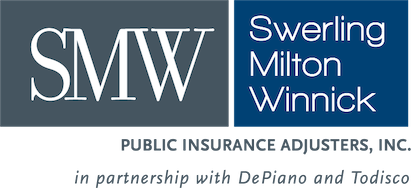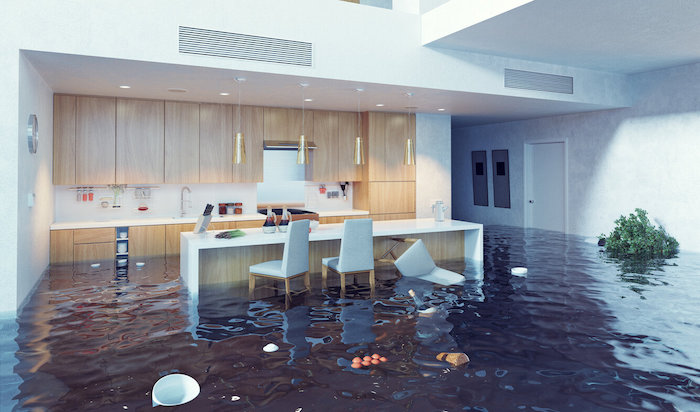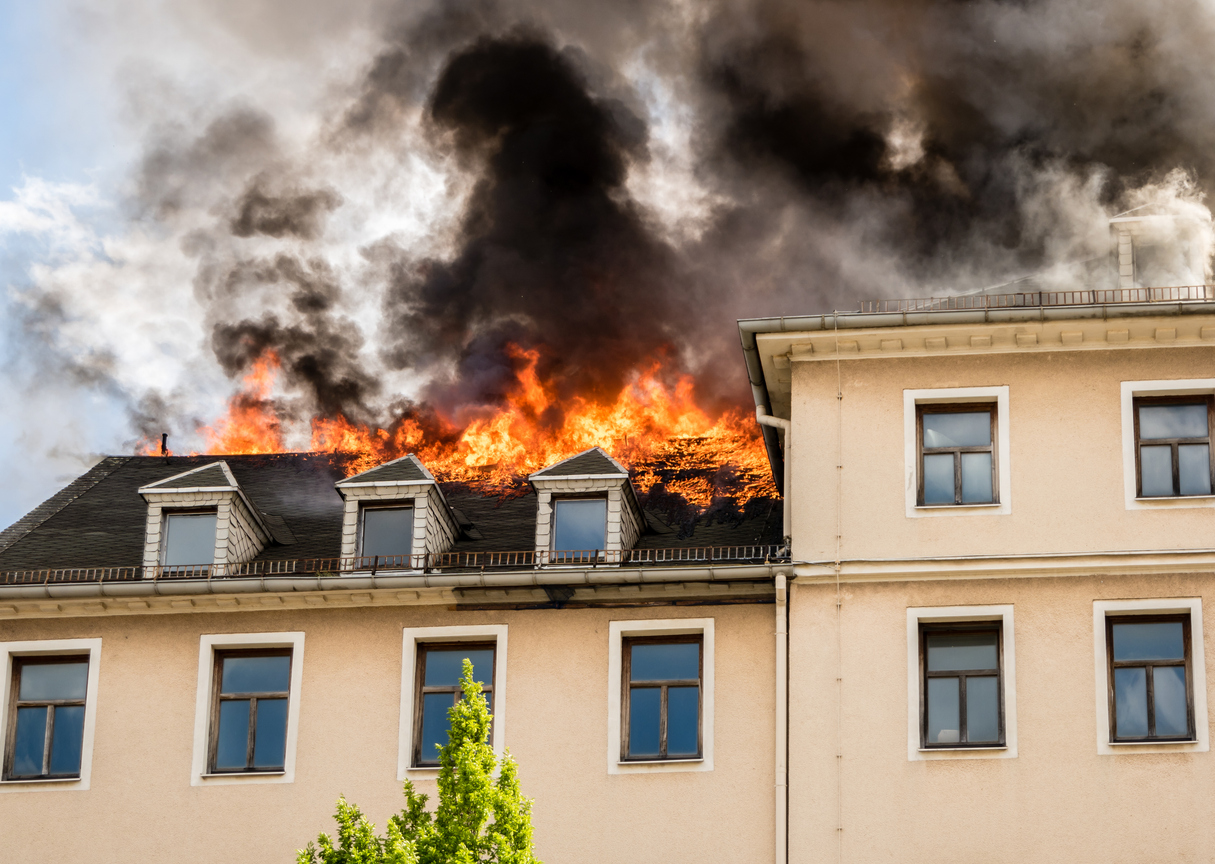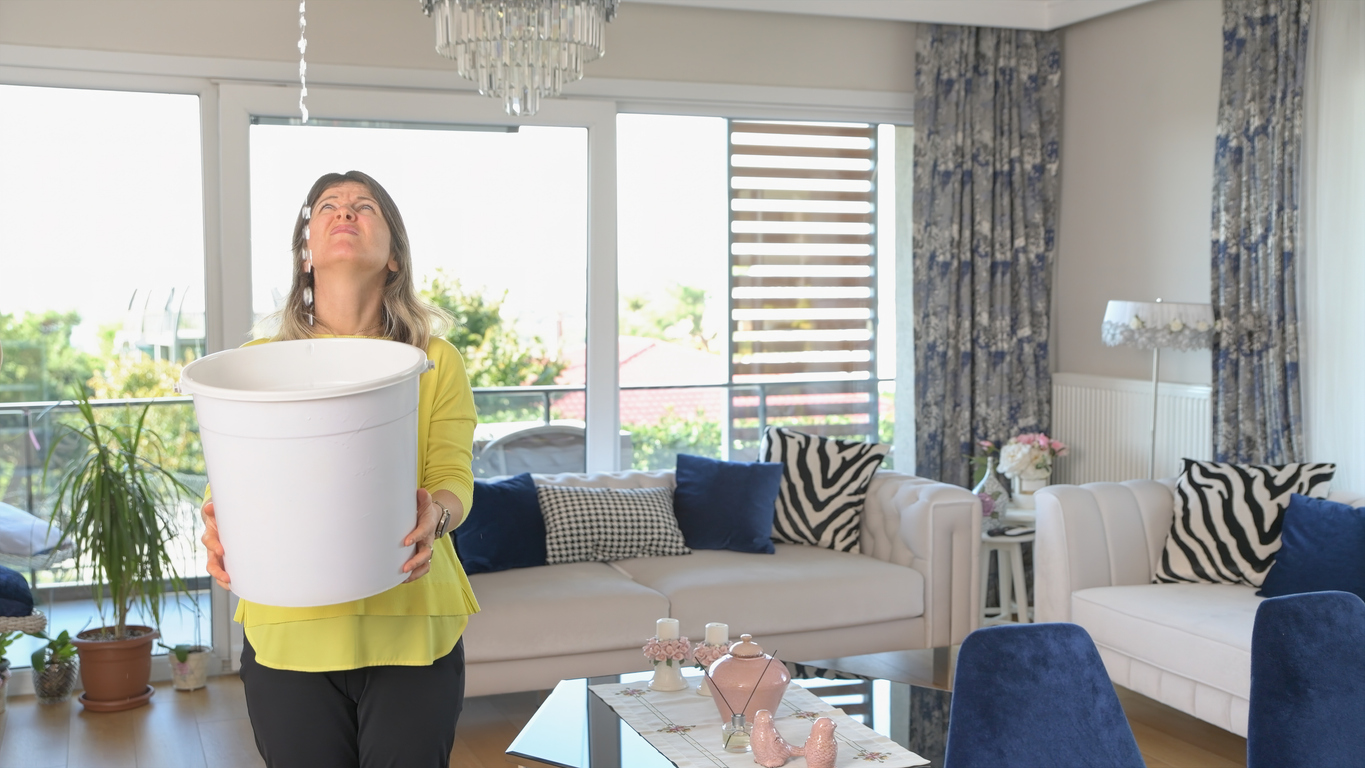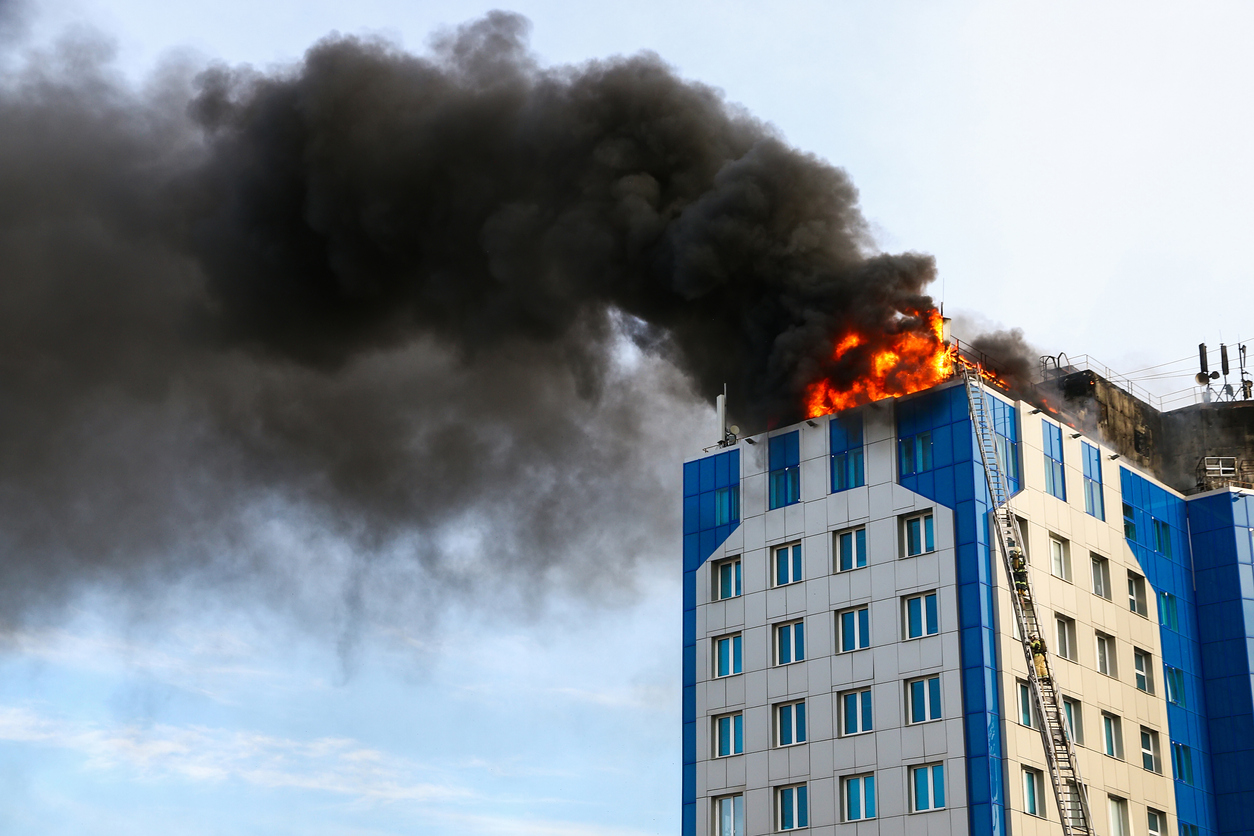In this installment of our “Condo Month” series, we want to address the one predominant problem that we run into most often: a lack of adequate coverage for the unit owners.
How can this be? Well, most unit owners have purchased insurance to cover their personal property and loss of use of their unit. But that coverage is usually minimal and inadequate.
Below we share coverages that, in our experience, are important for all condominium unit owners to review with their agents. We will also provide things to consider when establishing your dollar limits for different coverages.
UNIT OWNER POLICY
The most popular coverage form for the unit owner is the ISO form HO-6. This form was specifically designed for unit owners, and provides coverage for Building, Personal Property and Loss of Use. If you rent out your condominium unit, this policy will also provide coverage for the loss of rents you may suffer if the condominium is damaged. When choosing the limits and endorsements for your unit’s policy, be sure to provide your agent with a copy of your condominium association’s by-laws, so the agent can provide the best coverages for your situation. Hopefully you’re also receiving an insurance letter from the Board that gives the highlights of the Master Policy. This should go to your agent as well.
Note: You may also want to check the insurance section of your by-laws to see if the association requires you to report any improvements to your unit.
Because the building coverage for a condominium is usually provided by the condo association, the limits on the unit owner’s policy for the building are usually minimal. When choosing a limit on the building portion of your unit owner’s policy, the agent must consider what type of coverage the association’s policy is providing. If the association’s policy provides building coverage on an “all-in” basis, then the unit owner’s policy should only provide a limited amount of coverage, which at a minimum will include an amount equal to the association policy’s deductible. If the association’s by-laws only provide limited insurance for the building, then the limit chosen should coincide with the coverage provided by the association. Some condominium by-laws will state that the flooring and/or wall coverings, for example, are not covered by the association’s master policy; therefore, you will need to provide coverage under your unit owner’s policy.
The HO-6 policy only provides building coverage on a named peril basis. In order to obtain additional coverages for the building, one must add the HO-17 32 endorsement. This endorsement provides coverage on a “special” basis. An example of how this would benefit a unit owner would be wind-driven rain. If your policy only has coverage on a named peril basis, damage caused by wind-driven rain that enters your unit around an exterior door or window would not be covered. However, if your policy is endorsed with the HO-17 32, this type of loss would be covered. Again, the limits on your building coverage would apply, so make certain the building limit is appropriate.
PERSONAL PROPERTY
The most important coverage under the unit owner’s policy is the personal property coverage. The limit of liability is entirely up to the unit owner. In our experience, most unit owners do not have enough coverage for their personal property. Don’t underestimate how much money you have exhausted on your contents!
Again, the coverage for personal property under the basic HO-6 policy only provides coverage on a named peril basis. In order to obtain “all risk” coverage for your personal property, you must purchase the HO-17 32 endorsement. We also recommend adding the replacement cost endorsement, HO 04-90, which provides current-day replacement value, as opposed to a depreciated value.
LOSS OF USE
This portion of the unit owner’s policy provides coverage for the unit owner to rent a temporary location while the building is being repaired, or provides the owner with coverage for lost rental income if the unit is a rental property.
SMW finds that the limit on this coverage is woefully inadequate. For example, it is not unusual for the repairs to a condominium building in Boston to take at least one year. SMW has handled several condominium losses in which it took more than two years to repair the building. Therefore, if you are out of your unit for 24 months and the rental of a similar unit is $3,000 per month, you will need a limit of at least $72,000 for the loss of use of your unit.
The limits for this coverage are usually tied to the amount of coverage you choose for your personal property limit. And since we usually find that the personal property limit is inadequate, the limit for the loss of use is also inadequate. Make certain that you discuss these issues with your agent based on the amount you would need to rent a temporary location while your condominium is being repaired.
LOSS ASSESSMENT COVERAGE
After a major condominium casualty, the condominium association may find that repair costs – not to mention other associated costs, such as fees for public adjusters or other professionals – are not covered under the association’s insurance policy. In such instances, the association will pass that shortfall on to unit owners as an assessment. Coverage for this shortfall is covered under your unit owner’s policy. The base policy only has a limit of $1,000 for loss assessment coverage. This amount is usually insufficient. Your agent can add additional amounts of coverage under a separate endorsement for a small premium.
Conclusion
The point is: some condo associations require insurance for all unit owners. And people don’t usually think about it, or understand it, until there is a major loss. They have no idea what they really need until the moment arrives. So, pay attention to this. When you need it and you don’t have it, you’ll be very upset! If the increased premium is too much to handle, think about raising your deductible to help with that cost. And don’t wait for your renewal – you can change it at any time. Call your local insurance agent.
